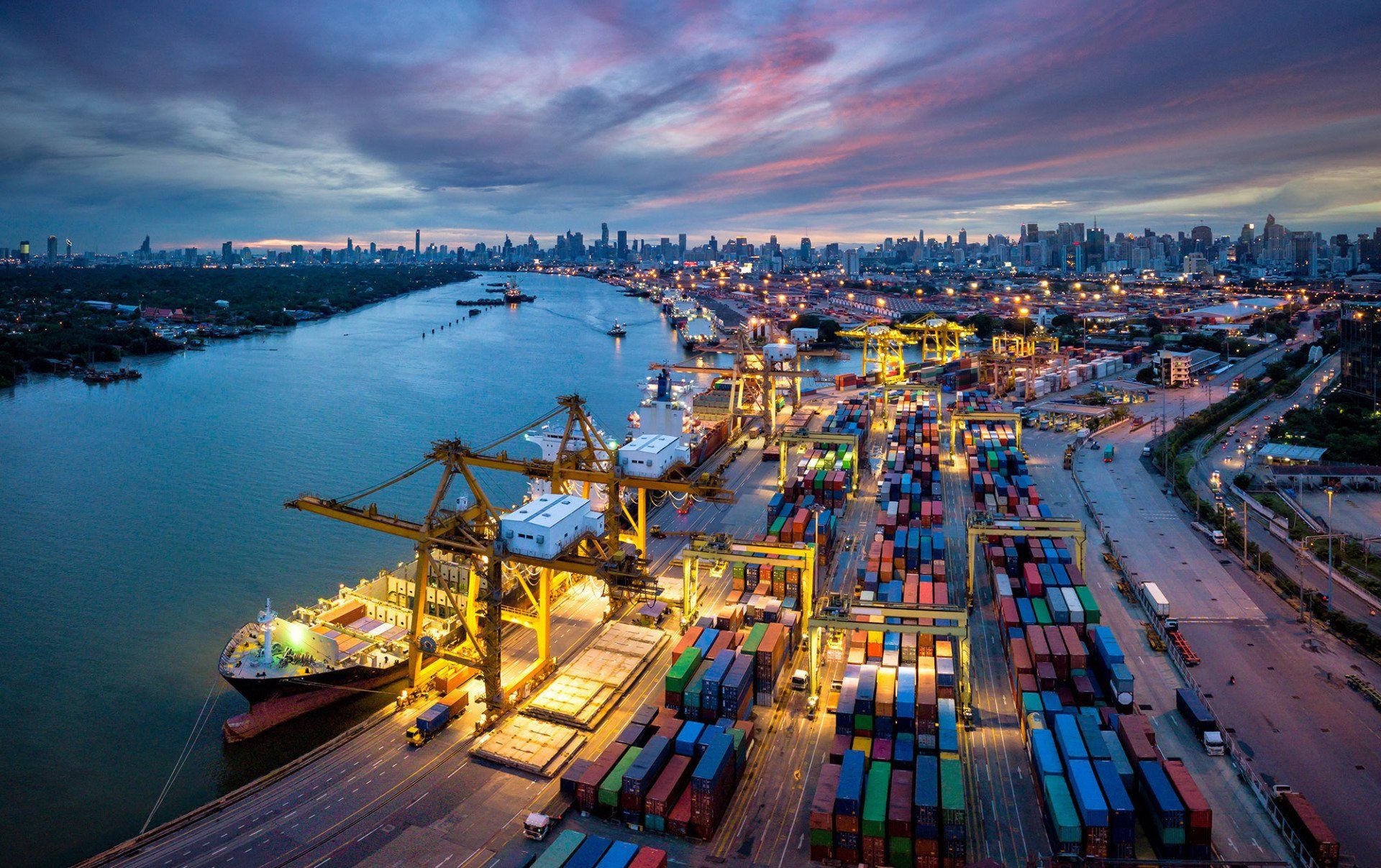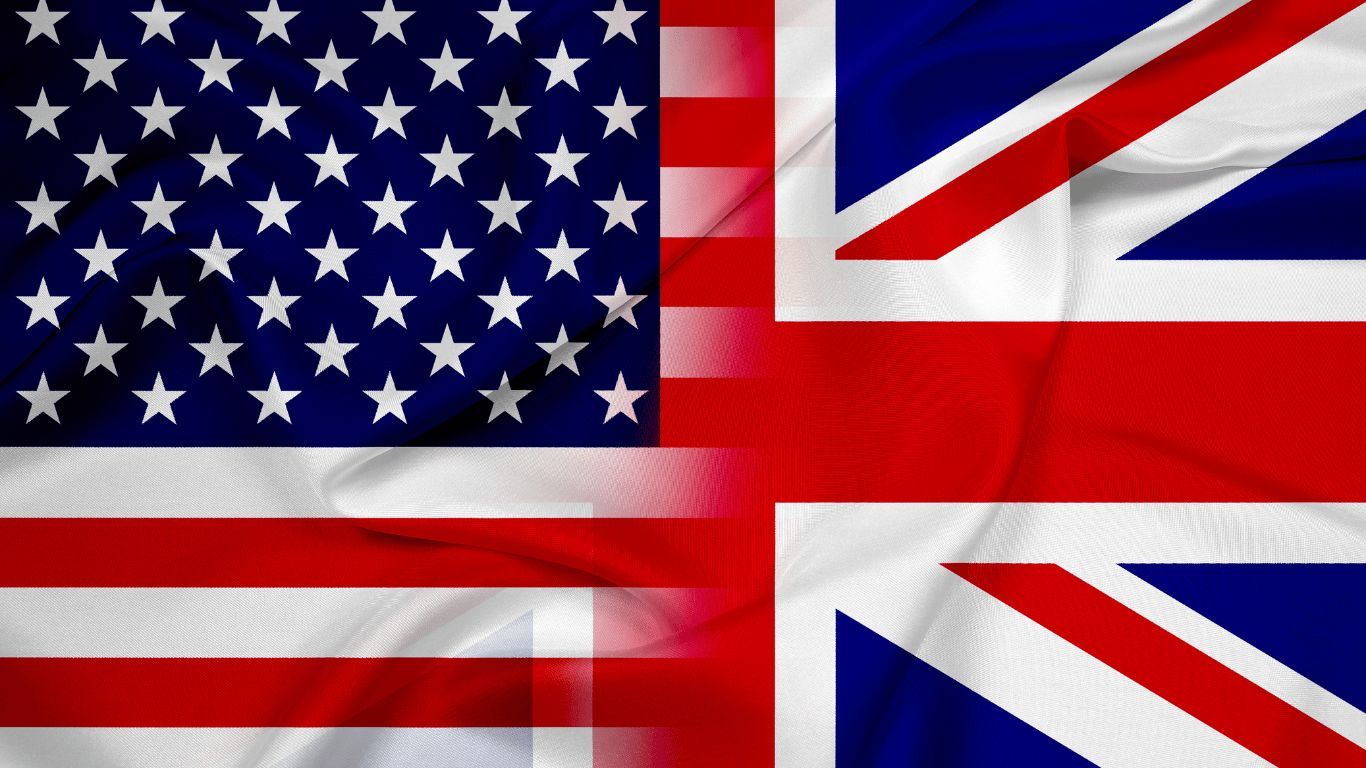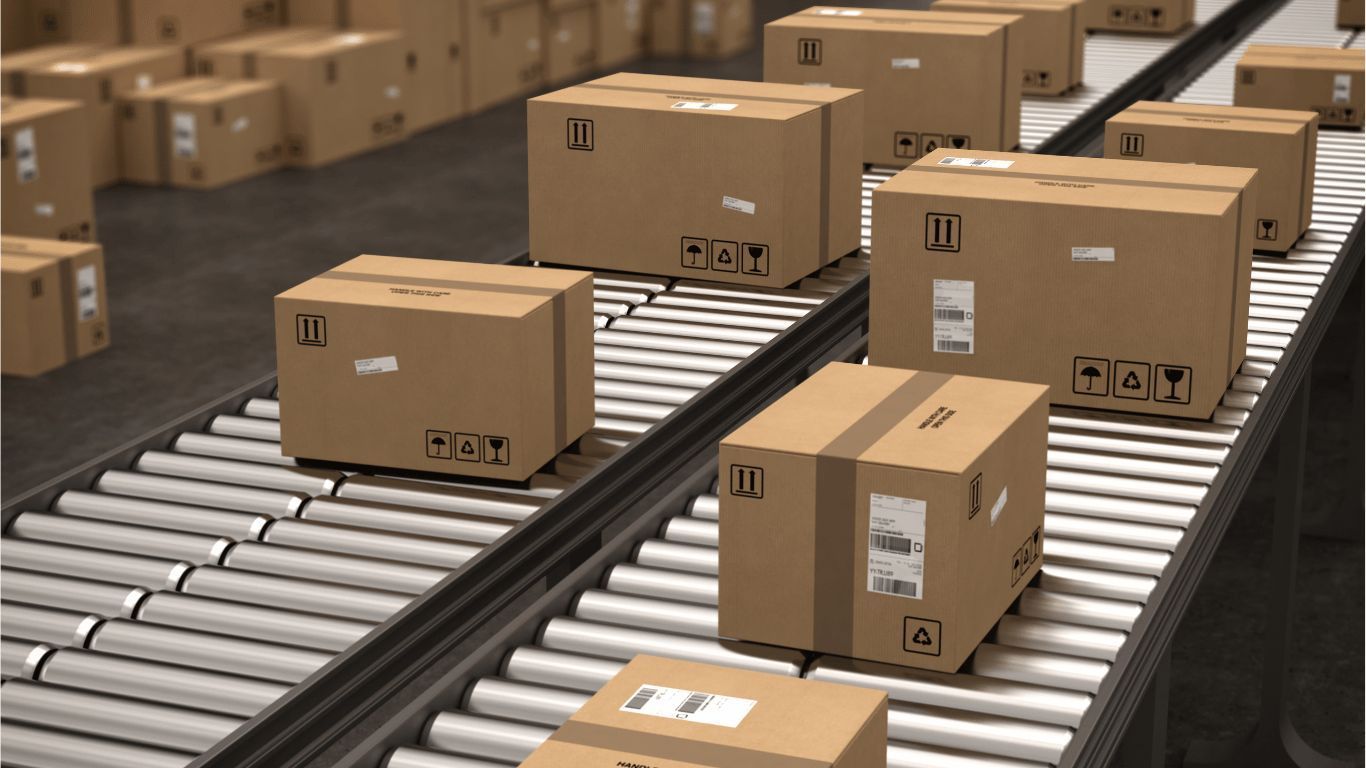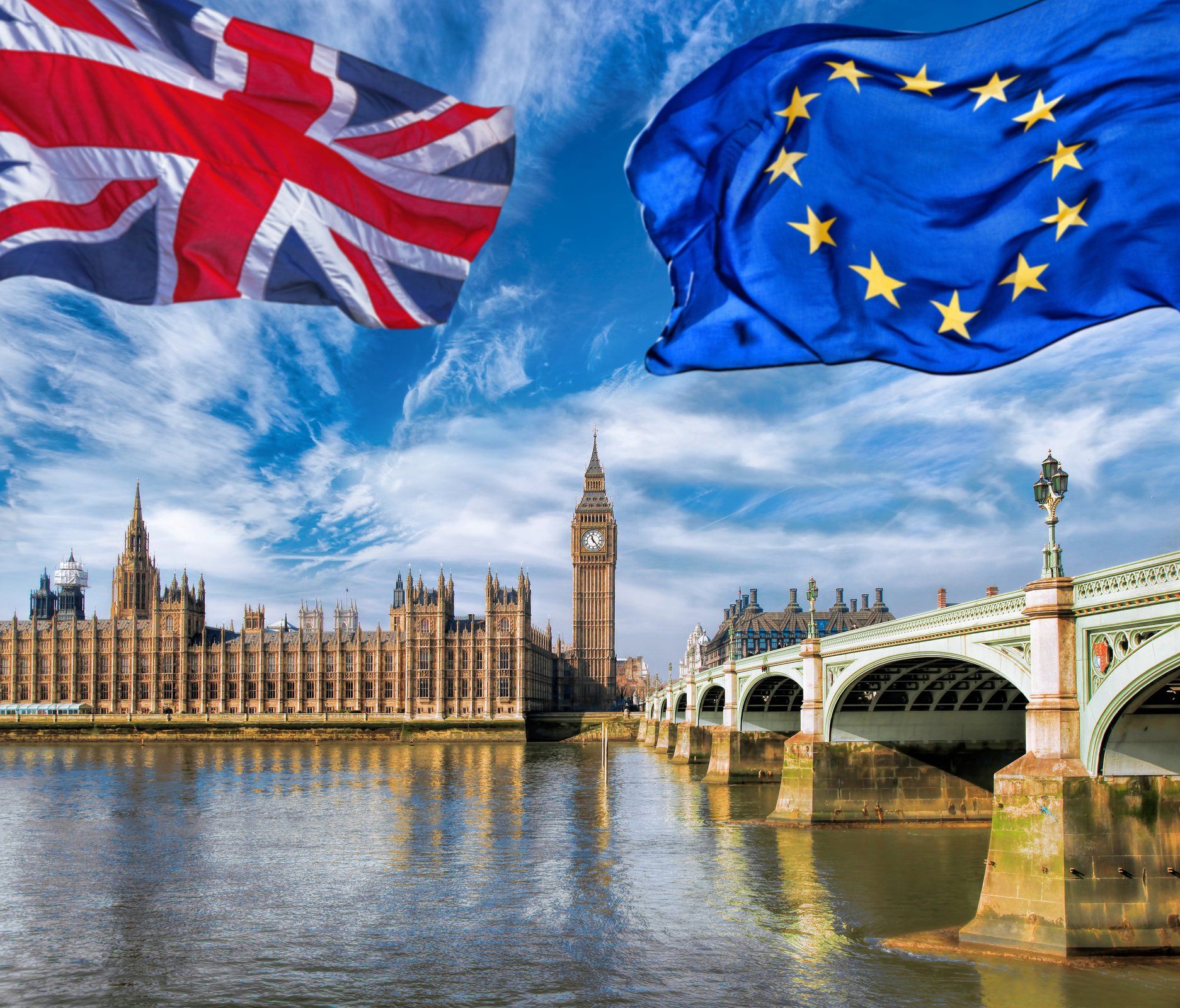International Shipping and Compliance News
Shipping and Compliance News highlights events that matter most to you and your business. These include news and updates on international shipping, freight forwarding, customs clearance, government regulations and international trade compliance.

Shipping
Year of the Rat Rate Increases
Ahead of the Chinese New Year holiday on 25 January, the ocean carriers are introducing a tranche of GRIs (General Rate Increase) and FAK (Freight All Kinds) increases. Carriers are currently seeing a strong demand for vessel space from Asia to North America and Europe, and the ‘laws of supply and demand’ are coming into play. Subsequently, the ocean carriers are expected to announce additional peak season surcharges (PSSs) across several routes from Asia.
Asia to Europe
The Shanghai Export Containerized Freight Index (SCFI) has shown increases in spot rates from Asia to Europe. The Europe (base port) rate for a 20ft container was $702 on 22 November and increased to $766 on 29 November, an increase of 9.11%.
CMA CGM has stated that ‘as from December 15th, 2019 (date of loading in the origin ports) until further notice (but not beyond December 31st, 2019) FAK Rates will apply from Asia to North Europe'. The base port to base port rates will be projected at:
20ft Container - USD $1,150
40ft Container - USD $2,200
40ft High Cube Container - USD $2,250
40ft Reefer Container - USD $2,200
Source: CMA CGM website.
Asia to USA
The Shanghai Export Containerized Freight Index (SCFI) has shown substantial increases in spot rates from Asia to the US west coast. The US west coast rate for a 40ft container was $1229 on 22 November and increased to $1405 on 29 November, an increase of 14.3%. There has also been an increase in the US east coast rate for the same period with the rate for a 40ft container moving from $2256 to $2684, an increase of 18.97%.
IMO 2020
Commercial cargo ships currently run on fossil fuels and these fuel oils are collectively known as bunker fuel. These fuels are very harmful to the environment, as they have a high content of sulphur.
On 1 January, the International Maritime Organization (IMO) is introducing new regulations which require all shipping companies to reduce their sulphur emissions. Most ocean carriers have decided to use Very Low Sulphur Fuel Oils, and many are looking to invest in Liquefied Natural Gas to power some vessels in the future.
As from 1 December, ocean carriers are beginning to charge low-sulphur fuel surcharges to recover the extra cost of bunkering ships with IMO compliant 0.5% sulphur fuel in readiness for 1 January. It is not clear if the ocean carriers can successfully pass on these additional costs to their customers.
Compliance
U.S. Tariffs on Chinese Goods
Due to high U.S. tariffs, China’s exports to the USA are still heavily impacted. As a result, it appears that U.S. importers have been looking to source products from Vietnam. According to IHS Markit, between January and September, Vietnam’s exports to the U.S. climbed by 34.8%. Another large beneficiary of the U.S. tariffs on China has been Taiwan with increased exports of communications equipment and machinery.
EU Dual-use Exports
A recent report from the Commission to the European Parliament and The Council dated 4 November shows that the main destination for EU dual-use exports in 2017 was the United States, followed by China.
The European Commission describe dual-use items as:
Dual-use items are goods, software and technology that can be used for both civilian and military applications. The EU controls the export, transit and brokering of dual-use items so the EU can contribute to international peace and security and prevent the proliferation of Weapons of Mass Destruction (WMD).
U.S. Customs Penalties
U.S. Customs and Border Protection (CBP) stated on 19 November that they had collected $3,320,425 for various customs violations from an importer of machinery that is used in the production of optical lenses. CBP have stated that the violations occurred when the importer provided the agency with false descriptions, tariff classification numbers and duty rates on import entries of certain machinery and parts.
It is important that companies and individuals remain compliant with the laws and regulations of the countries they are trading with in order to avoid the consequences of non-compliance. These consequences can include monetary fines, penalties and seizure of goods arriving at the port, while the worst-case scenario can result in prison time for individuals.
As former Deputy US Attorney General Paul McNulty said, “If you think compliance is expensive, try non-compliance.”
Incoterms 2020
The new Incoterms® 2020 take effect on 1 January 2020.
Incoterms® is a registered trademark of the International Chamber of Commerce (ICC). Incoterms® were first created by the ICC in 1936. The Incoterms® rules are created and published by the ICC and are normally revised every 10 years, since 1980. The ICC describe the Incoterms® 2020 rules as:
The Incoterms® rules are the world’s essential terms of trade for the sale of goods. Whether you are filing a purchase order, packaging and labelling a shipment for freight transport, or preparing a certificate of origin at a port, the Incoterms® rules are there to guide you. The Incoterms® rules provide specific guidance to individuals participating in the import and export of global trade on a daily basis.
By the parties agreeing the relevant Incoterms for the international supply chain and then incorporating it into the contract, the buyer and seller will understand responsibilities in the event of loss and damage. Learn more.....
Article
Preference Duty: Financial Benefits & Trade Advantages
What is Preference?
To obtain access to foreign markets and promote international trade, preferential trade agreements are set up between partner countries. A large and growing number of countries participate in preferential trade agreements, resulting in businesses paying lower or zero preference rates of import customs duty on their goods. However, to be eligible for preference rates the goods must comply with relevant rules of origin.
What are the main benefits of using Preference?
Imports
Businesses importing their products from foreign markets covered by Preferential Trade Agreements can receive the products at reduced or nil rates of duty. Therefore, the importer pays less for their products compared with sourcing them from a foreign market not covered by Preferential Trade Agreements.
Exports
Businesses can export their products to markets covered by Preferential Trade Agreements and their foreign customer can receive the products at a reduced or nil rate of duty. Therefore, the exporter has a market advantage over competitors supplying products from countries not covered by Preferential Trade Agreements. Learn more.....
If you would like more details, please call +44 (0) 118 932 8447 or email info@icsglobalservices.co.uk




